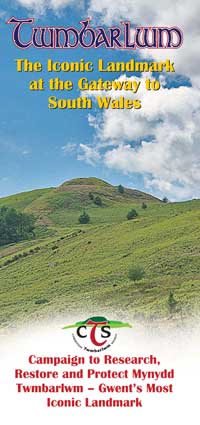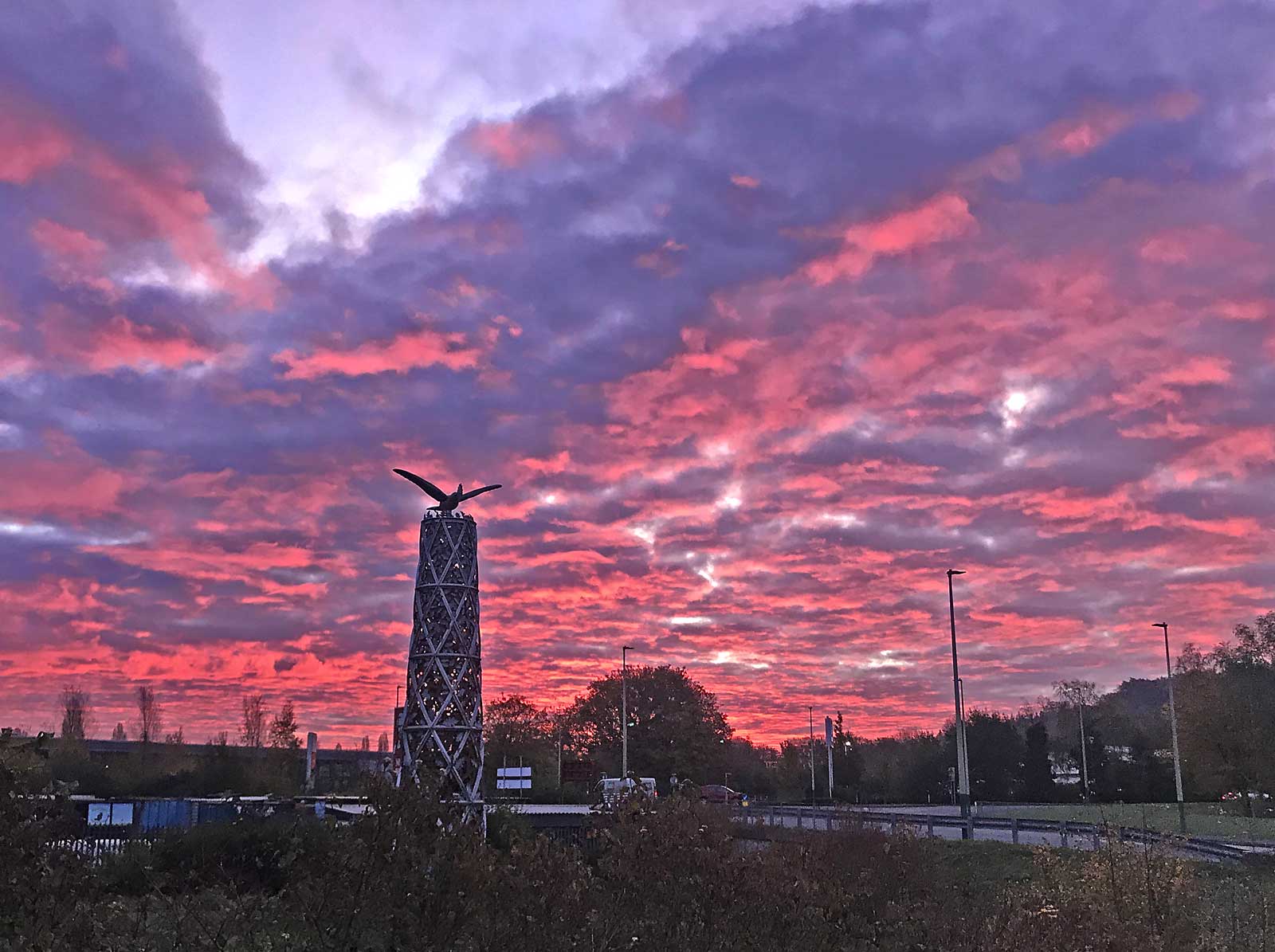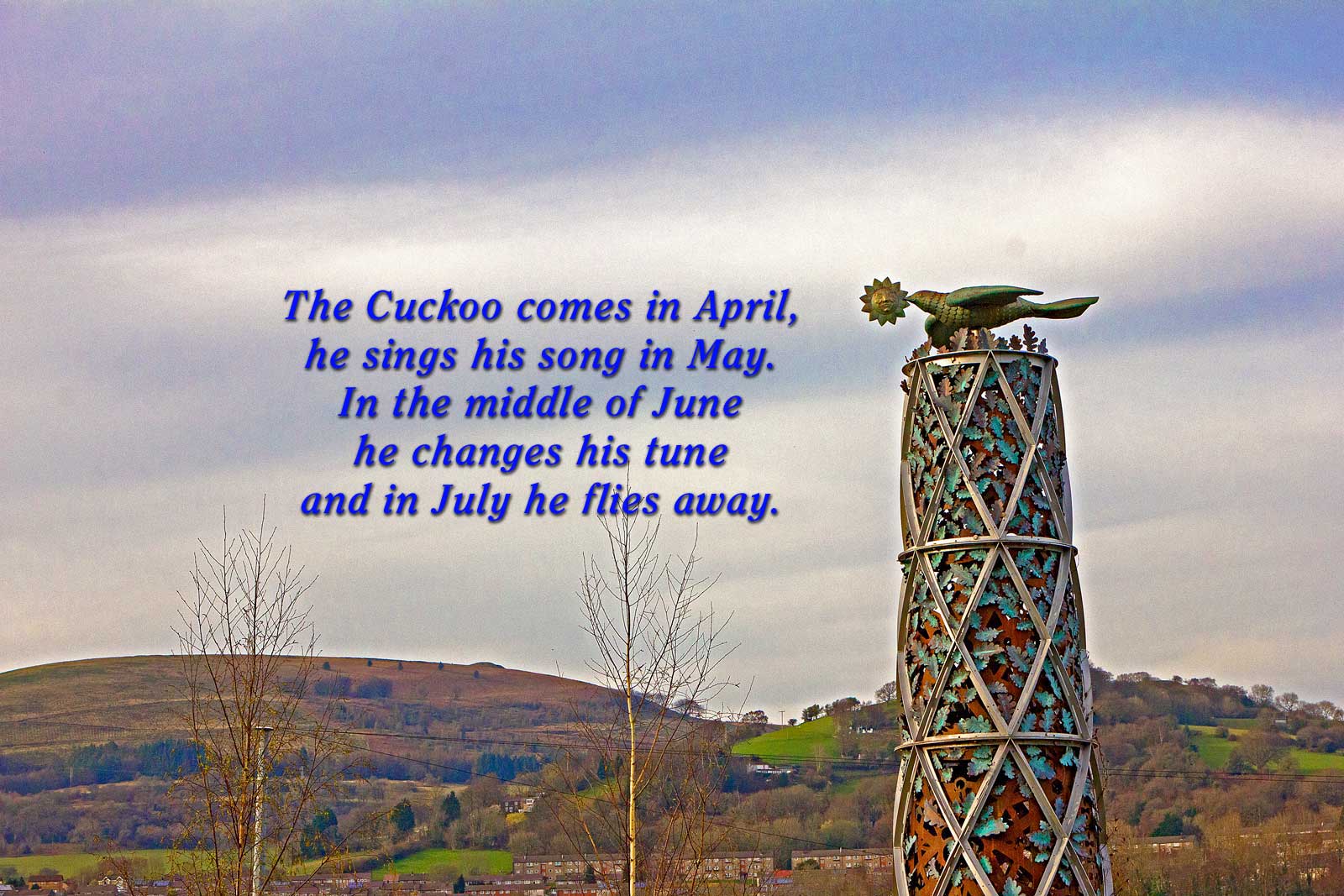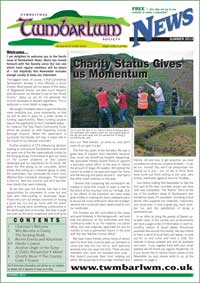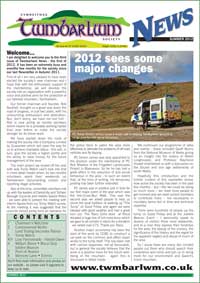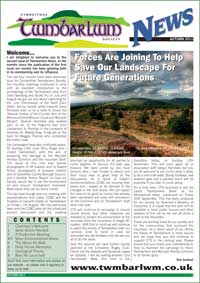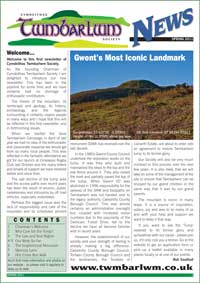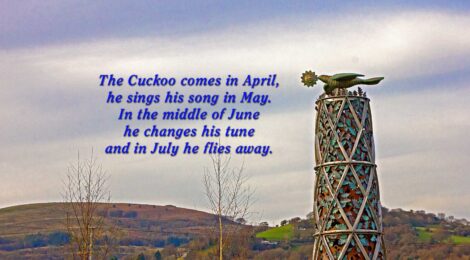
Risca Cuckoo
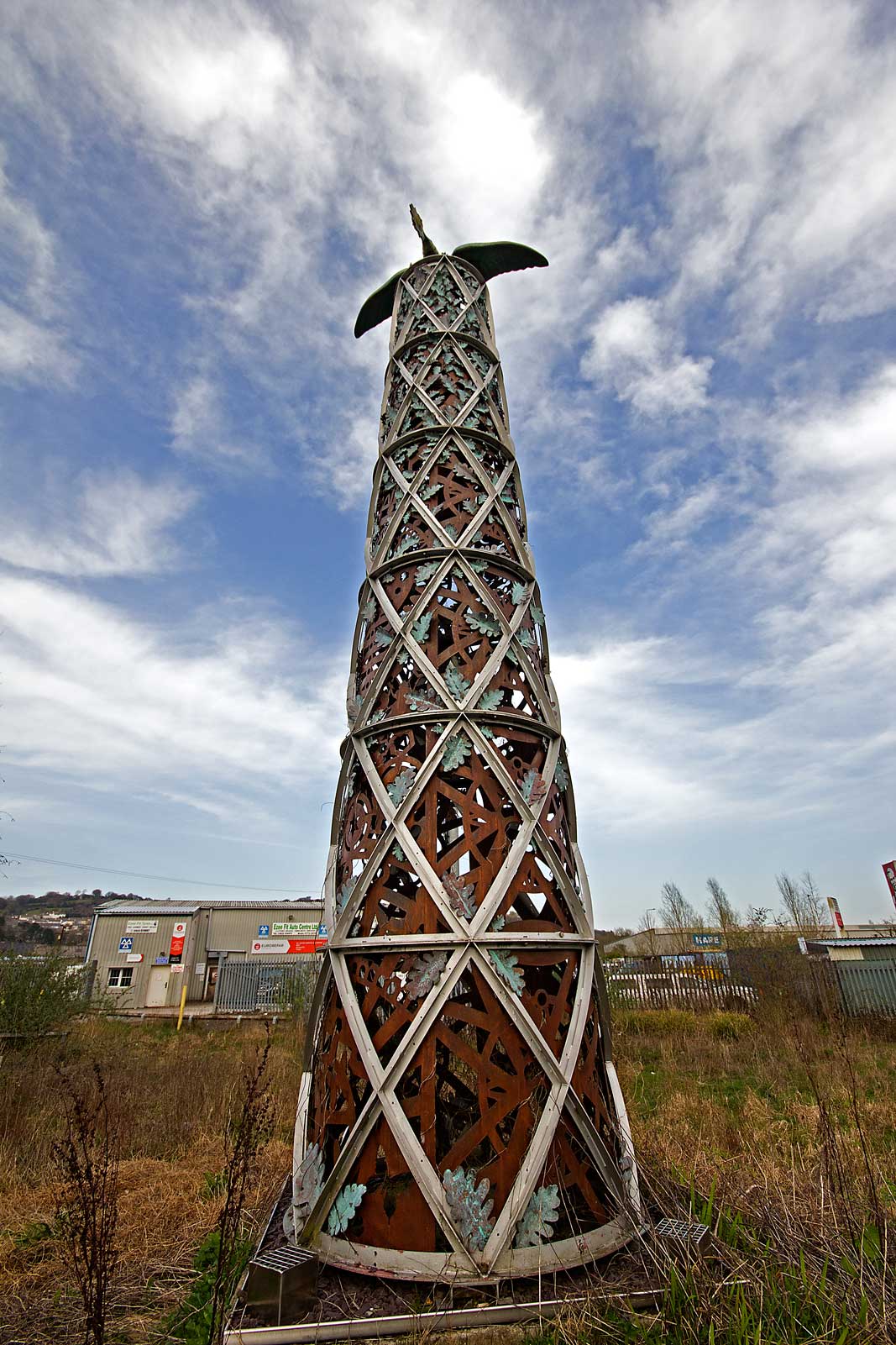 Risca Cuckoos
Risca Cuckoos
Part of the fascination of Twmbarlwm is the myth and legend that surrounds it. The mountain (and at just 1,349ft I insist on calling it a mountain) dominates the landscape, it’s familiar outline can be seen for miles and speculation of the origin of the Twmp pervades the imagination of the surrounding population of Cwmbran, Newport and particularly Risca.
I single out Risca – and that includes the associated villages of Pontymister, Croskeys etc. – because I am a proud Risca lad, or Cuckoo as some would call me. I always look forward to my treks around the mountain in the spring months listening out for the call of the Cuckoo and trying to catch a glimpse of this very evasive bird.
At this time of year the cuckoo can often be heard in the woods around Twmbarlwm but there is an ancient story that explains why natives of Risca are called Cuckoos.
The story goes that when the Cuckoo’s call is heard in April – as it always is on Twmbarlwm – it heralds the arrival of spring and fine weather and when the bird goes away again in August that marks the end of the fine weather. So the people of ancient Risca decided to try and keep the bird in the vicinity to prolong summer and their harvest.
A local father and son were set the job to catch the cuckoo. They found the bird in a bush sited near an ancient tumulus and they decided to build a fence around it to trap the bird. But, of course, at the end of the day the bird simply flew over the top of the fence.
They continued to toil for many days making the fence higher and higher, but every day the Cuckoo would just fly up and over the top.
Eventually a traveller passed by, saw what they were doing, laughed at their stupidity and pointed out their folly to the other villagers saying “Why are you trying to capture a Cuckoo when you already have two Cuckoos among you”. And to this day folk of Risca have been called Cuckoos.
How the story came to Risca no one can be entirely sure – it’s a story that seems to be attached to a few other towns in Britain. But it is surely linked to the medieval stories of The Mad Men of Gotham (later became “Wise Men”).
That story can be dated to around 1200 when King John (he of Robin Hood fame) decided to visit the village of Gotham in Nottinghamshire. He already had a ruthless reputation and the Gothamites were afraid that his visit could only mean trouble for them – so they devised many ruses to deter King John and they set about showing him that the residents of Gotham were quite mad and totally incapable of being useful to the King’s court. Of course, one of the ploys they used is identical to the story of the Risca Cuckoo – even down to including an ancient tumulus in the tale.
It’s easy to see how such stories can travel about the country and I can imagine these stories being told around the campfires of herdsmen and travellers around this ancient land of ours.
I’d like to add more of these stories to our website – please let us know if you have any interesting tales you’d like to share.
If you would like to know about Twmbarlwm and our society please visit our website or contact us via email: twmbarlwmsociety@gmail.com
The photos show: The Risca Cuckoo commemorated in a sculpture near the Tesco store on the Pontymister Industrial Estate. Artist Sebastien Boyesen created the sculpture illustrating the bird’s association with the town.
The cuckoo sits on top of a metal column, and is decorated with leaves and artwork depicting the area’s history, including the presence of the Romans, its industrial past and musical heritage.


